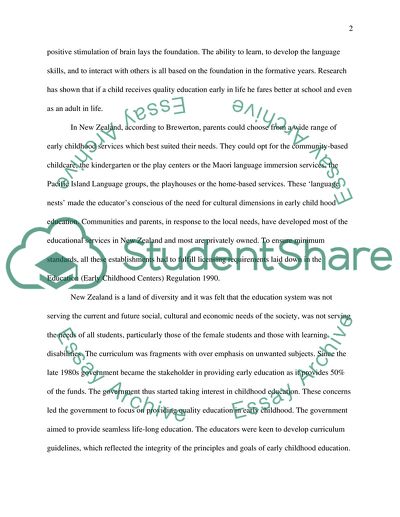Cite this document
(Analysis of Early Childhood Education in New Zealand Article, n.d.)
Analysis of Early Childhood Education in New Zealand Article. Retrieved from https://studentshare.org/education/1704829-international-essay
Analysis of Early Childhood Education in New Zealand Article. Retrieved from https://studentshare.org/education/1704829-international-essay
(Analysis of Early Childhood Education in New Zealand Article)
Analysis of Early Childhood Education in New Zealand Article. https://studentshare.org/education/1704829-international-essay.
Analysis of Early Childhood Education in New Zealand Article. https://studentshare.org/education/1704829-international-essay.
“Analysis of Early Childhood Education in New Zealand Article”, n.d. https://studentshare.org/education/1704829-international-essay.


